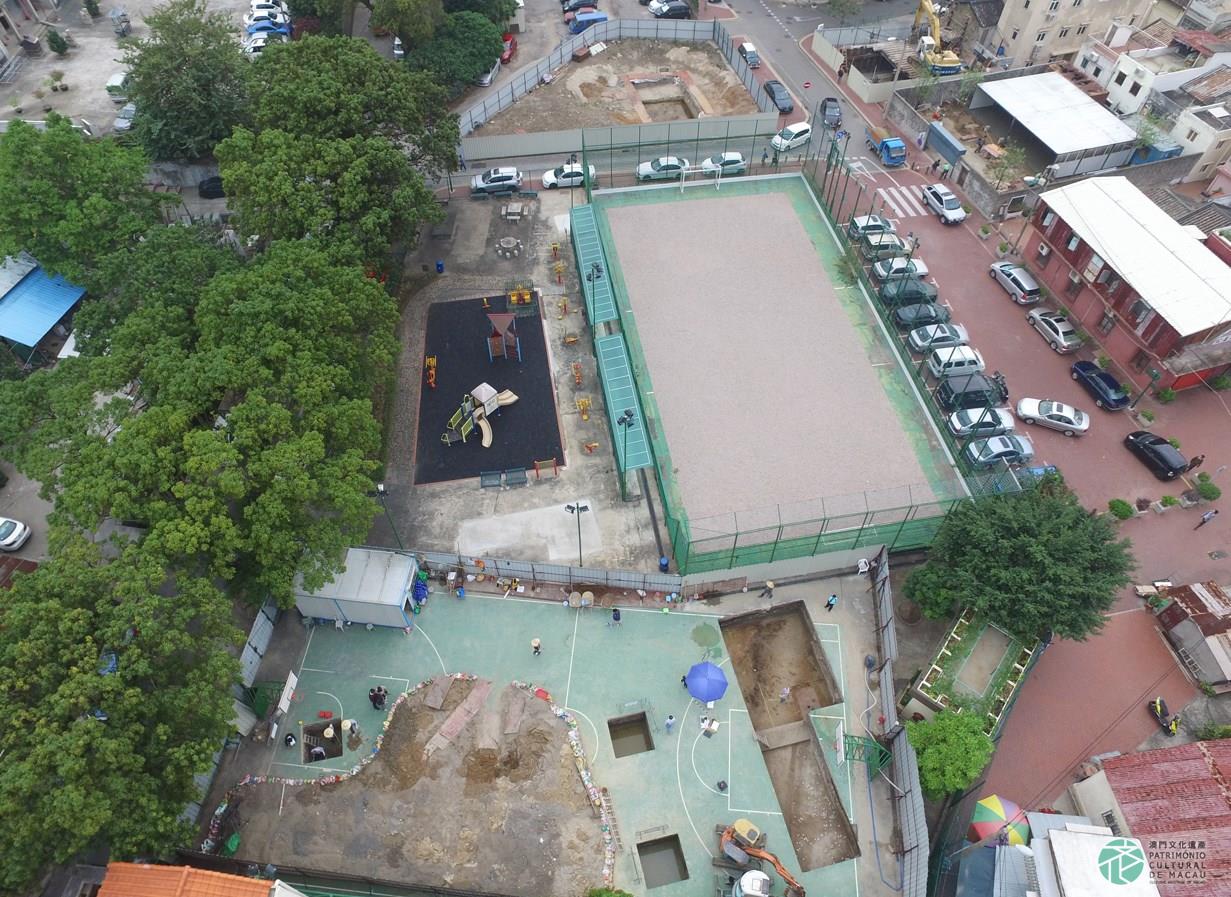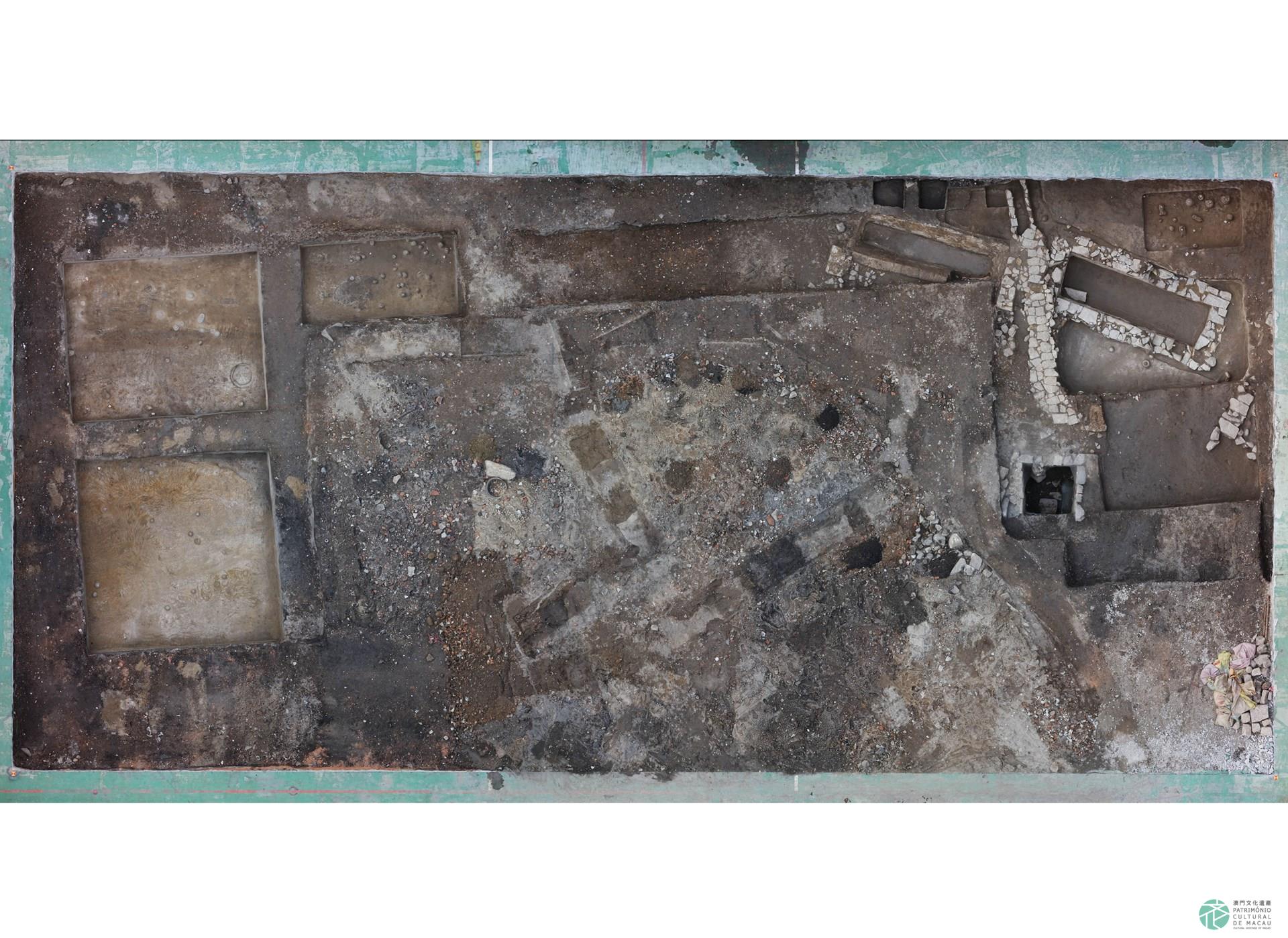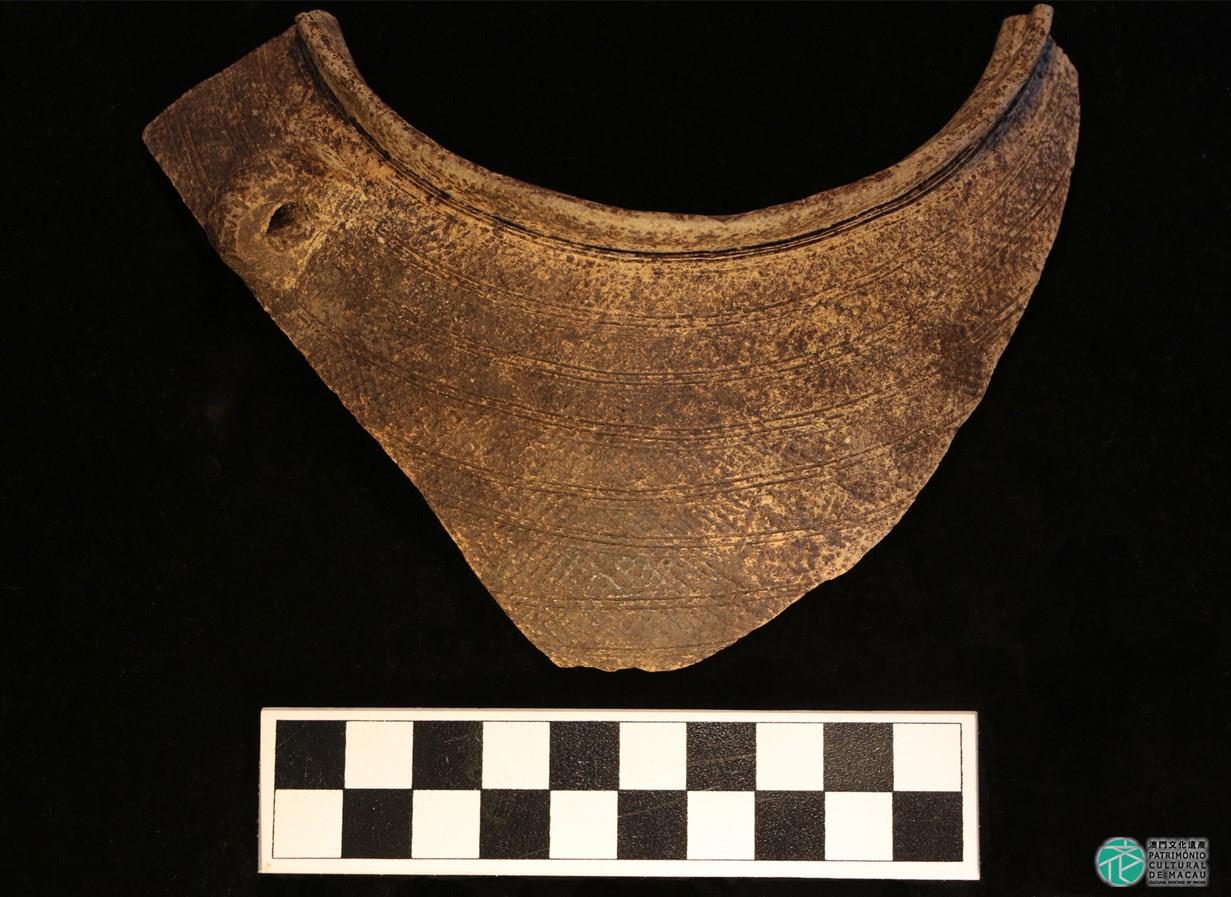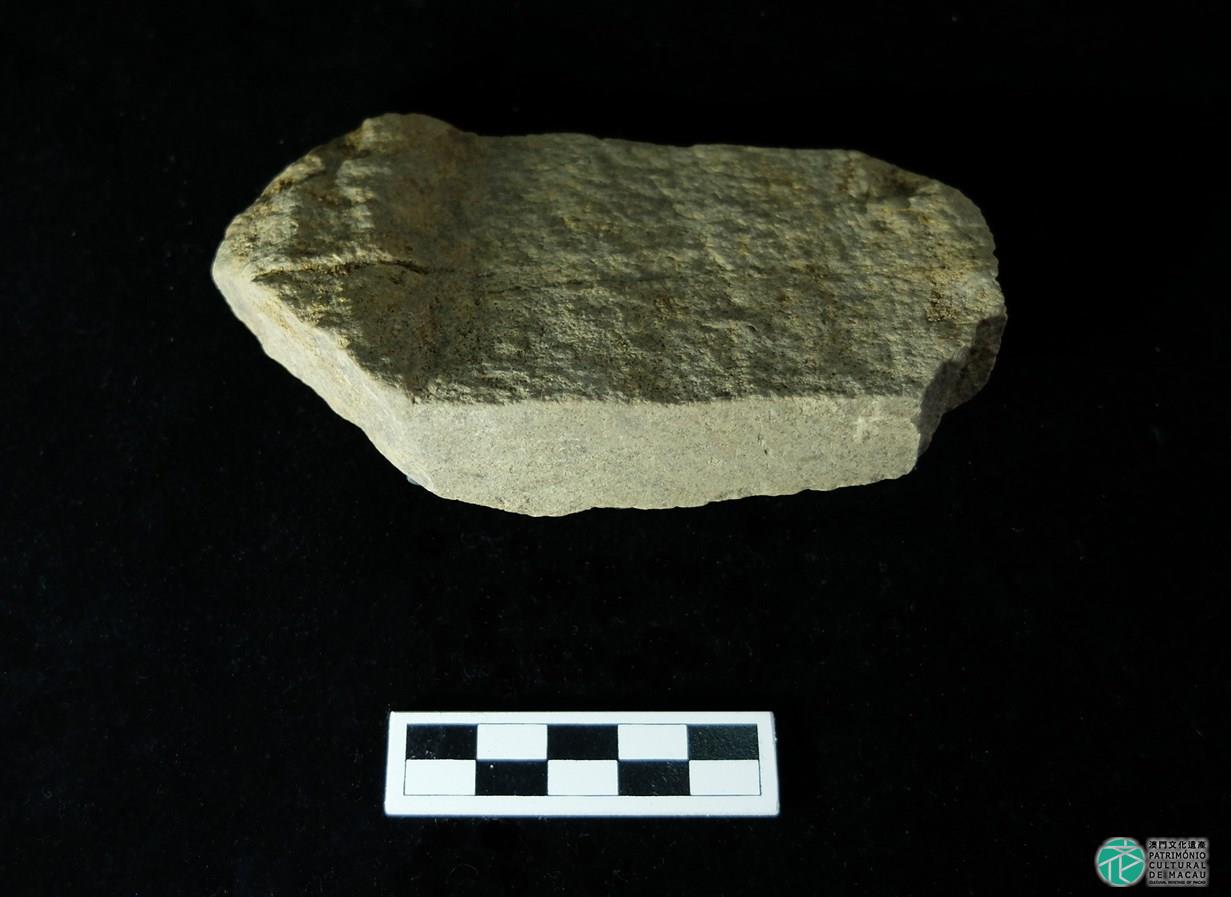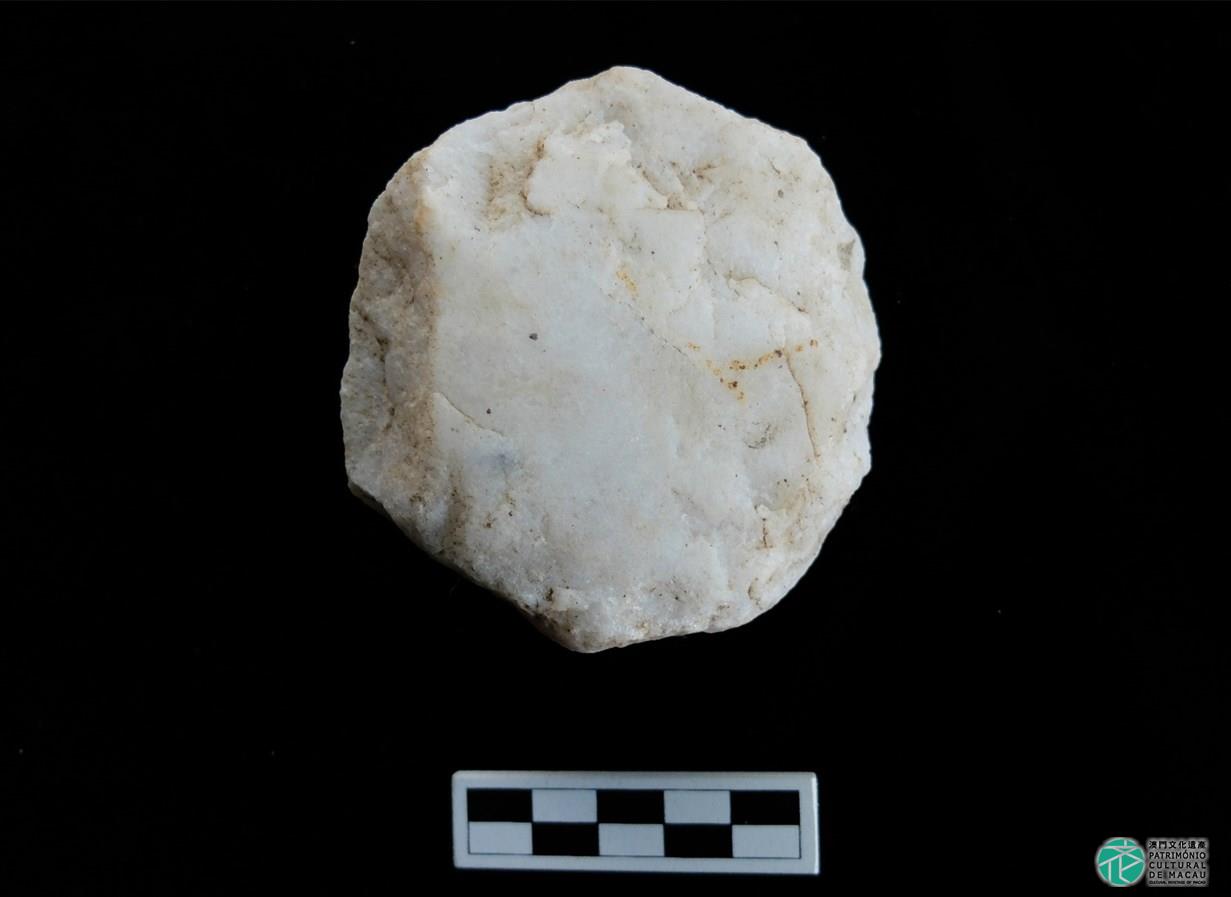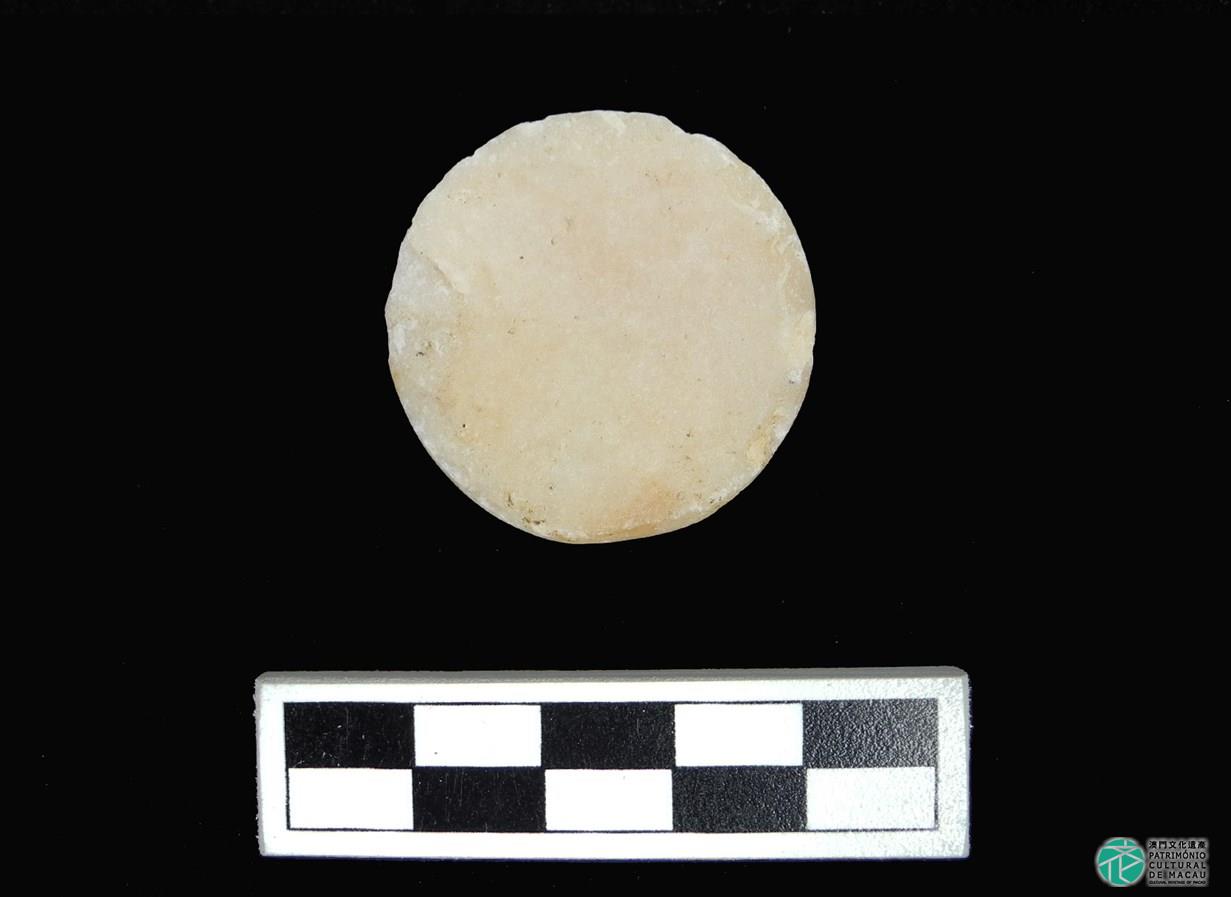In 2012 and 2013, the Cultural Affairs Bureau conducted a series of archaeological surveys in the area around Rua do Estaleiro, revealing the high archaeological potential of this area. The conclusion was drawn based on the previous surveys, field research and trial excavations conducted in this area, as well as from a GIS (Geographic Information System)-based archaeological potential analysis of the site. As a result, the Cultural Affairs Bureau set up the “Archaeological Project of Rua do Estaleiro” in 2014, for which a research team composed of archaeologists, geologists and paleo-environmental experts from Macao, Hong Kong and Mainland China was formed to carry out archaeological excavation works. The project was organized into different phases, and has encompassed the area formed by the parking lot in Rua do Estaleiro (2014), the football field and adjoining recreational zone (2014-2015), and the north-western part of the parking lot and the basketball court (2015-2016).
This excavation project unearthed a large number of archaeological remains and artefacts, noting that most of the discoveries were found in the football field area, dating from the Late Neolithic period, the Bronze Age, the Tang and Song dynasties and mid-to-late Qing dynasty, including quartz roughouts, quartz ring cores and quartz flakes (which are semi-finished products or debris from the production of ringed or slotted rings), as well as a significant number of prehistoric stone tools, pottery sherds, Tang and Song ceramic sherds and kiln construction materials. Other major archaeological finds were, for example, the relatively intact remains dating from the Southern Song dynasty that suggest the use of fire locally, and a well-preserved stone and plaster structure from the mid-to-late Qing dynasty.
The archaeological discoveries in the football field also prove that there are other sites in Coloane, besides the one in Hac Sa, that contain prehistoric and historic archaeological remains. At the same time, these findings enable important archaeological data, since they belong to various periods, ranging from the prehistoric period, dating from more than 4,000 years ago, to the late Qing dynasty. It was also the first time in Macao that remains of the use of fire were found locally, dating from the Southern Song dynasty, in addition to the unearthing of a structure possibly associated with the handicraft industry from the mid-to-late Qing dynasty. Such findings will surely also contribute to the study of the history of urban development of Coloane.
